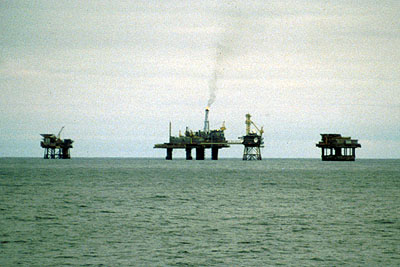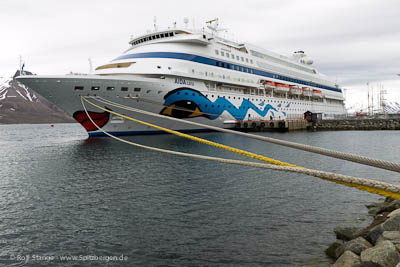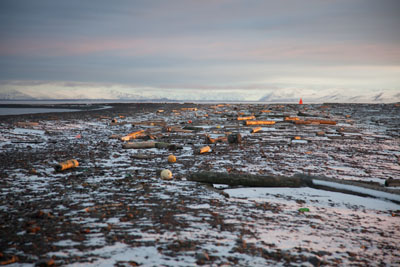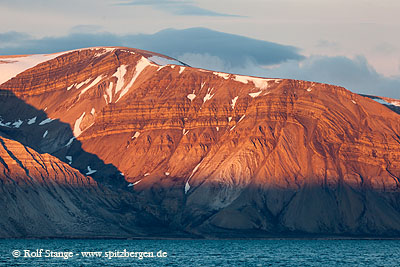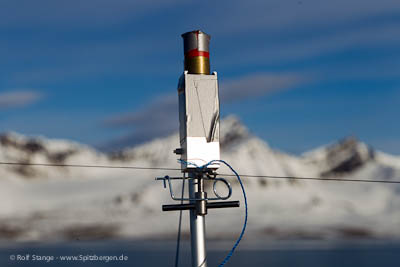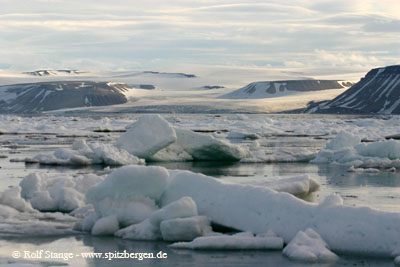-
current
recommendations- Liefdefjord
New page dedicated to one of Spitsbergen's most beautiful fjords. Background information and many photos.
- New Spitsbergen guidebook
The new edition of my Spitsbergen guidebook is out and available now!
- Liefdefjord
New page dedicated to one of Spitsbergen's most beautiful fjords. Background information and many photos.
Page Structure
-
Spitsbergen-News
- Select Month
- May 2025
- April 2025
- March 2025
- February 2025
- January 2025
- December 2024
- November 2024
- October 2024
- September 2024
- August 2024
- July 2024
- June 2024
- May 2024
- April 2024
- March 2024
- February 2024
- January 2024
- December 2023
- November 2023
- October 2023
- September 2023
- August 2023
- July 2023
- June 2023
- May 2023
- April 2023
- March 2023
- February 2023
- January 2023
- December 2022
- November 2022
- October 2022
- September 2022
- August 2022
- July 2022
- June 2022
- May 2022
- April 2022
- March 2022
- February 2022
- January 2022
- December 2021
- November 2021
- October 2021
- September 2021
- August 2021
- July 2021
- June 2021
- May 2021
- April 2021
- March 2021
- February 2021
- January 2021
- December 2020
- November 2020
- October 2020
- September 2020
- August 2020
- July 2020
- June 2020
- May 2020
- April 2020
- March 2020
- February 2020
- January 2020
- December 2019
- November 2019
- October 2019
- September 2019
- August 2019
- July 2019
- June 2019
- May 2019
- April 2019
- March 2019
- February 2019
- January 2019
- December 2018
- November 2018
- October 2018
- September 2018
- August 2018
- July 2018
- June 2018
- May 2018
- April 2018
- March 2018
- February 2018
- January 2018
- December 2017
- November 2017
- October 2017
- September 2017
- August 2017
- July 2017
- June 2017
- May 2017
- April 2017
- March 2017
- February 2017
- January 2017
- December 2016
- November 2016
- October 2016
- September 2016
- August 2016
- July 2016
- June 2016
- May 2016
- April 2016
- March 2016
- February 2016
- January 2016
- December 2015
- November 2015
- October 2015
- September 2015
- August 2015
- July 2015
- June 2015
- May 2015
- April 2015
- March 2015
- February 2015
- January 2015
- December 2014
- November 2014
- October 2014
- September 2014
- August 2014
- July 2014
- June 2014
- May 2014
- April 2014
- March 2014
- February 2014
- January 2014
- December 2013
- November 2013
- October 2013
- September 2013
- August 2013
- July 2013
- June 2013
- May 2013
- April 2013
- March 2013
- February 2013
- January 2013
- December 2012
- November 2012
- October 2012
- September 2012
- August 2012
- July 2012
- June 2012
- May 2012
- April 2012
- March 2012
- February 2012
- January 2012
- December 2011
- November 2011
- October 2011
- September 2011
- August 2011
- May 2011
- April 2011
- March 2011
- February 2011
- January 2011
- December 2010
- November 2010
- September 2010
- August 2010
- July 2010
- June 2010
- May 2010
- April 2010
- March 2010
- February 2010
- November 2009
- October 2009
- August 2009
- July 2009
- June 2009
- May 2009
- April 2009
- March 2009
- February 2009
- January 2009
- December 2008
- November 2008
- October 2008
- August 2008
- July 2008
- June 2008
- May 2008
- April 2008
- March 2008
- February 2008
- April 2000
- Select Month
-
weather information
-
Newsletter

| Guidebook: Spitsbergen-Svalbard |
Home → September, 2012
Monthly Archives: September 2012 − News & Stories
Most recent ice chart
The recent ice development is more than interesting and it is well worth to have a look at the latest icechart. It is a long time ago since there has been similarly little ice in the northeast Atlantic, and one can only hope that the near future will see more ice again near the coasts of Spitsbergen and Franz Josef Land after the usual seasonal minimum in late September.
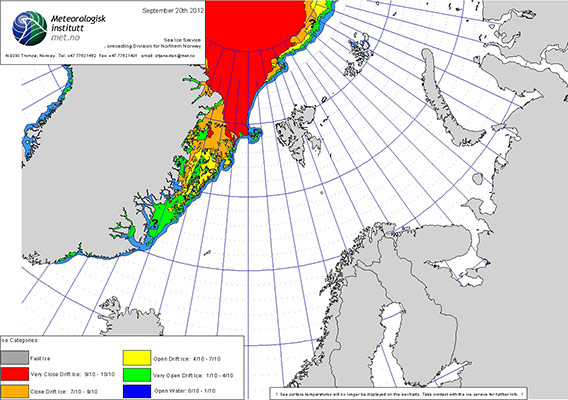
The ice chart as of September 20 (© Norwegian meteorological institute, met.no).
Source: http://www.met.no/Hav_og_is/
Oil exploration in the Barents Sea
While Norway’s public attention was focussed on the process against assassin Breivik, the Norwegian oil giant Statoil has announced more explorative activity for 2013. 2 or 3 explorative wells are planned for the Hoop field, 250 km north of Sørøya which is near Norway’s North Cape, are planned for the 2013 season. The well are just a good 100 nautical miles southeast of Bear Island.
The swift progress is met with critizism by environmental organisations: the Hoop field is not far from the seasonal ice edge and the ecologically very important polar front, but far from capacities in case of accidents and oil spills.
Oil riggs in the North Sea.
Source: NRK
Overnights in Longyearbyen stable
Spitsbergen’s hotels and guesthouses have had 11,200 overnights in July 2012, near 2/3 of these connected to tourism. 56 % of the guests were Norwegian, 8 % less than in July 2011, which means that international tourism has seen a relative increase of importance.
The turnover growth of 3% is accordingly due to increased prices.
Hotel in Longyearbyen
Cruise tourism in northern Norway on the growth
38,500 passengers have visited Spitsbergen during the 2012 season, a growth of 75 % compared to 2011. The growth is within the sector of bigger oversea cruise ships, which are significantly increasing in size. The number of ship visits has remained relatively constant, and so did the number of passengers and ships within the sector of small expedition cruise ships.
An average growth of 41 % is reported from other ports in northern Norway.
MS Aida Cara (passenger capacity 1339) in Longyearbyen, July 02.
Source: NRK
Sailingboat cruising the north coast of Spitsbergen was lost
Last week a small sailingboat cruising the north coast of Spitsbergen sank after it got into shallow water. The two 70 year old english sailers could be rescued by helicopter after they had spent two hours in their rubber life boat. Due to a technical defect, they could not use their life raft. Finally they managed to inflate a rubber boat which was also on board. Despite real bad flying conditions and snowfall the helicopter could transfer the sailers to Longyearbyen hospital.
The shallows near the mouth of Raudfjord are clearly marked on nautical charts.
The north coast of Spitsbergen. View from Moffen Island.
Earthquake near Spitsbergen
On Sunday (September 02), there was a weak submarine earthquake, force 5.2 on the Richter scale. It was too weak to make itself felt in the settlements of Spitsbergen. If at all, then an alert observer in Ny Ålesund, the settlement nearest the epicentre, might have observed the ground motion.
Two days earlier, there was a stronger earthquake near Jan Mayen, which was clearly felt at the station on Jan Mayen and caused some minor damage. The middle oceanic ridge between Spitsbergen and Greenland is a constant source for frequent earthquakes, but only rarely stronger ones. Spitsbergen itself is not an earthquake zone, except a minor earthquake zone in Storfjord, and earthquakes strong enough to be observed by people are rare events.
These geological faults in Billefjord were responsible for strong earthquakes in the geological past. Today, they are silent.
Source: Lofoten-Tidende
Polar bear alarm system: user reports
Polar bear alarm systems for camps are a nuisance: essential for safety unless you have a reliable polar dog or enough manpower to handle a nightwatch, but currently hard to obtain locally in Longyearbyen. In October 2011, this page reported about a British system made and distributed by Arctic Limited. First user reports are now available.
Next to the fact that the system from Arctic Ltd. is, in contrast to other ones, easily available, it has several advantages in comparison to other systems which have commonly been used in Spitsbergen until recently. With older systems, the one-way components (the bangers) were the heavy and expensive parts. With the system from Arctic Ltd., the heavy and (relatively) expensive parts are the trigger mechanisms, which last forever. The bangers are blank cartridges: shot cartridges deprived of the shot, so they are cheap and lightweight and can be carried in numbers. This is useful, as it is hard to avoid occasional unintended triggering (wind, inobservance, reindeer, …).
User reports agree that the bang should be louder. According to Arctic Ltd., special bangers are available that meet this demand. Another question is that of the ideal string, which should be as thin as possible to be invisible for polar bears and to avoid unintended triggering. It has, however, to be very strong and it should not be elastic (then a bear might feel it before the system triggers).
Strong posts are essential for reliable functioning. For the author, aluminium pipes have served the purpose well. Reliable anchoring to the outside of the camp with thin cords and tent pegs or heavy stones is also critical, otherwise pulling the string may bend the posts rather than trigger the bangers.
Two sets of triggers and strings, one higher and one lower on the same set of posts around the camp, will also increase safety noticeably.
The importance of properly setting up a good system must not be understimated, as is shown by the deadly attach of a polar bear on a British camp in Spitsbergen in August 2011 (see reports on these pages).
Polar bear alarm system from Arctic Ltd., attached to an aluminium pipe with cable connectors and strong tape.
Minimum record of drift ice in the arctic
The Norwegian Meteorological institute is following the drift ice development in the arctic since 30 years now, and similar institutions in other arctic nations do the same with similar results: there has never been less ice than there is now. Even in September 2007, the minimum year so far, there was more ice than now. There are about 3 million square kilometres ice less than in 1979, an area 8 times larger than Norway (without Spitsbergen).
It is not only the area that is lost, but also the change in quality that makes experts worry. In the past, arctic sea ice used to be largely of large, strong, thick floes multi-year ice. These have largely disappeared. Now, most of the ice consists of much thinner one-year ice, which does not compare to the stronger, older ice in thickness, stability and as a habitat for the arctic ecosystem.
The drift ice is currently far north from any coast in the Spitsbergen archipelago, but the ice loss is far more dramatic on the other side of the arctic, north of western arctic Canada, Alaska and Siberia.
Ice in Hinlopen Strait, mid July 2005.
This year, the area is completely ice free.
News-Listing live generated at 2025/May/02 at 21:44:26 Uhr (GMT+1)
